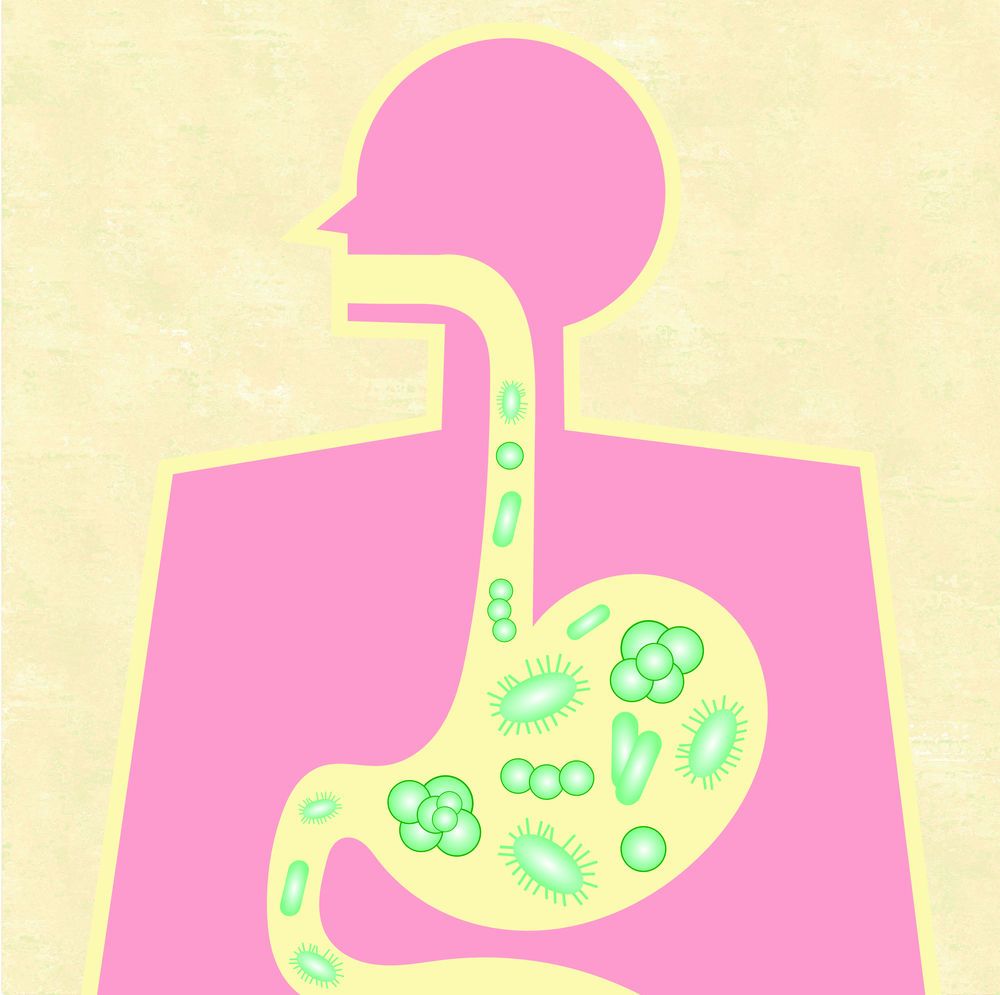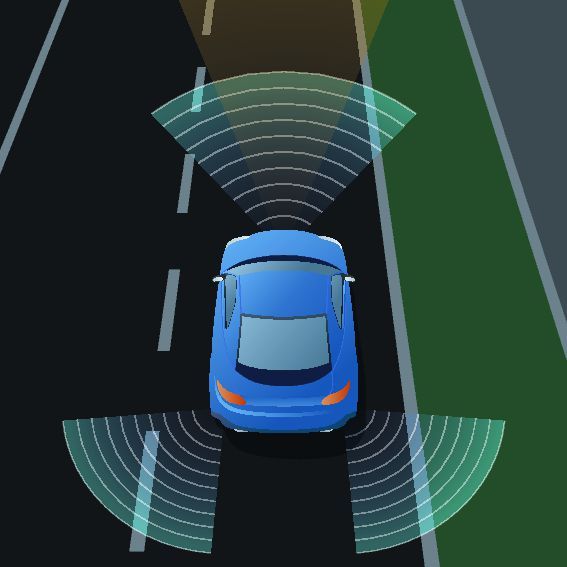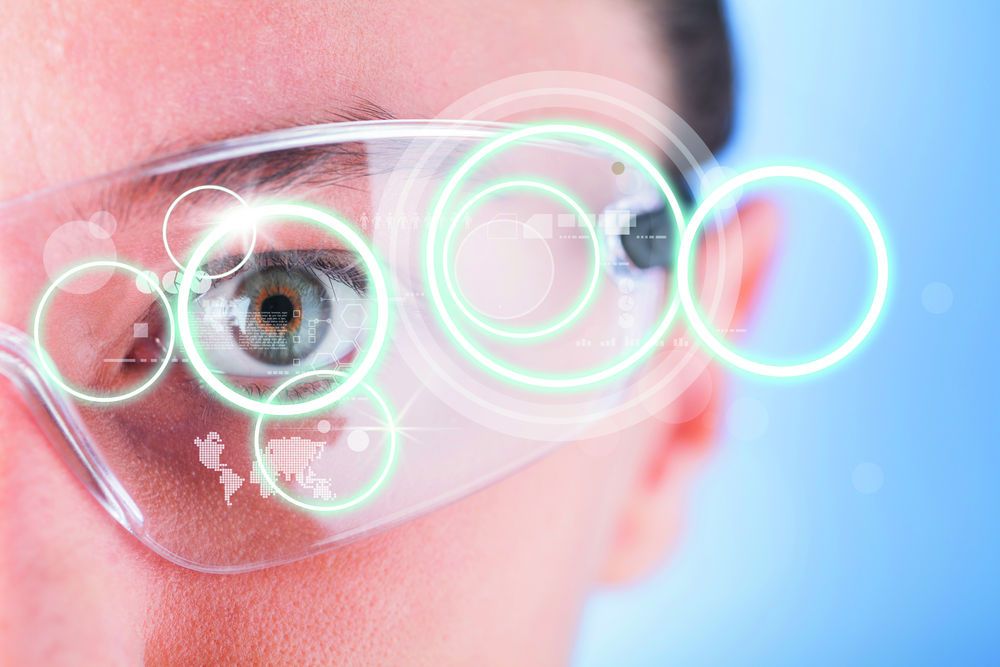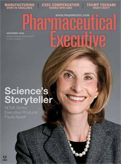- Sustainability
- DE&I
- Pandemic
- Finance
- Legal
- Technology
- Regulatory
- Global
- Pricing
- Strategy
- R&D/Clinical Trials
- Opinion
- Executive Roundtable
- Sales & Marketing
- Executive Profiles
- Leadership
- Market Access
- Patient Engagement
- Supply Chain
- Industry Trends
Medical Game-Changers Beckon
Pharmaceutical Executive
Cleveland Clinic looks at the big medical innovations in store for 2017.
Though the landscape of network late night talk shows has shifted, it’s good to know there is a “top 10” list with staying power. In its 11th iteration, more than 100 doctors and researchers at the Cleveland Clinic recently selected the top 10 transformative efforts they feel hold the greatest promise in impacting the practice of medicine in 2017. We’ve highlighted a few of the picks here, ones that span the technology spectrum from seemingly sci-fi science to low-tech, basic methods requiring little more than a box and a stamp.
USING THE MICROBIOME TO PREVENT, DIAGNOSE AND TREAT DISEASE
TOP 10 RANKING: #1
The need: With a better understanding of the plethora of microbes that call our bodies their homes, researchers hope to be able to impact a range of diseases now considered, at least in part, impacted by the microbiome, from GI issues to seemingly unrelated conditions like
All images from Shutterstock

autism.
The fix: Researchers are just beginning to grasp the scale of the microbiome, gaining a picture of the populations of healthy bugs throughout our different organs, the chemical miasma that they manufacture and what an imbalance might look like. A $121 million investment in the National Microbiome Initiative signals greater recognition of the field. Biopharma investment could be an even greater marker as developers are progressing treatments with technologies that go substantially deeper than probiotic products on your grocer’s yogurt shelf.
AUTOMATED CAR SAFETY FEATURES AND DRIVERLESS CAPABILITIES
TOP 10 RANKING: #5
The need: Emergency medical professionals know better, but those of us with a biopharma mindset don’t always include car accidents in our models of the healthcare system. A staggering 94% of accidents involve human error. And the costs are substantial: 38,300 fatal car crashes occurred in 2015, along with a $1 trillion hit to the US economy in healthcare costs and loss of productivity. One wonders how

considerations for a revolution in transportation will be addressed in another Trumpian $1 trillion figure, the promise for a massive infrastructure spend by the coming administration.
The fix: The early alterations are already on the road: collision warning, automatic braking and lane drift assist are just the tip of the iceberg. Smarter systems for cars are the now, but the future, most believe, will be fully automated cars. Auto and tech companies are leading the way with investment. Given the car’s place in our society, the impact on the medical and insurance practices, as well as the overall economy and culture, will be profound.
3-D VISUALIZATION AND AUGMENTED REALITY FOR SURGERY
TOP 10 RANKING: #8
The need: Intricate surgeries, notably those in ophthalmology and neurology, require microscope oculars or other camera systems. These surgeries have limitations-the physical strains on the surgeons and limited peripheral vision, to name a few.

The fix: Surgeons are experimenting with immersive, high-resolution 3D environments, allowing them to work with their heads up, while the stereoscopic system can provide visual templates that may make for better and more efficient, effective and safe surgeries.
SELF-ADMINISTERED HPV TEST
TOP 10 RANKING: #9
The need: HPV sits silently in women around the world, infecting nearly 80% of those who are sexually active. Cervical cancer resulting from the viral infection kills close to a quarter of a million a year, with 85% of the fatalities

occurring in the third world, rural and remote regions, where screenings are relatively rare.
The fix: Self-administered test kits-a swab, test tube and mail-in box-will be deployed in large scale in 2017. Global organizations like Gavi recognize defeating HPV as a key developmental goal for empowering women. Though not strikingly high tech, the hope is the simple effort can help get a grip on a devastating affliction.

Casey McDonald is Pharm Exec's Senior Editor. He can be reached at casey.mcdonald@ubm.com and on Twitter at @mcd_casey

